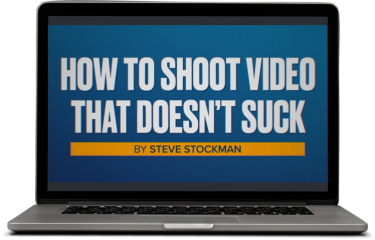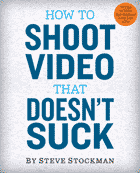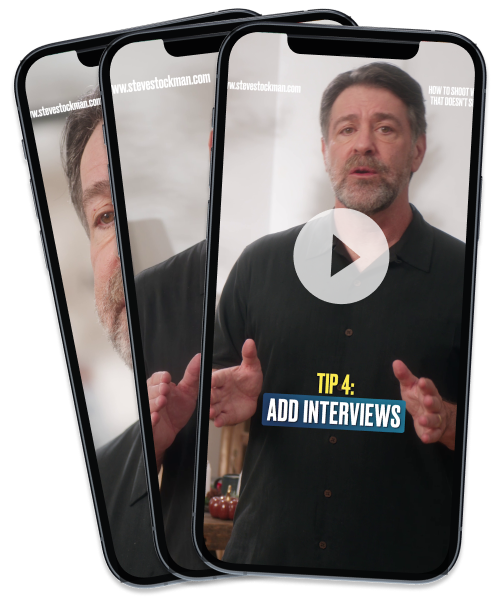|
| I just finished watching Steve Zallian’s superb Ripley on Netflix. Tons of static shots in an overall fantastic-looking show. Highly recommended. A little while back you can find a whole mass of static shots in the amazing Better Call Saul. Denis Villeneuve’s Dune used a ton of static shots, too.
Those three examples are just top of mind– I think if you can’t find a film with a lot of static shots, you’re not looking. There’s a certain power and authority to the static shot, and good directors use them a lot. True, that static shots don’t dominate like they did in the 1930s and ’40s– but that’s a bit of a technological accident. Silent directors moved the camera constantly. But when Hollywood started making “talkies” at the end of the ’20s, the camera noise could be heard on the early microphones. The only way to prevent it was to put the cameras in a small sound-proof room on the set and shooting through glass (see Singing in the Rain for a 1950s re-enactment– and a great film!) Later “blimps” were built right around camera bodies to silence noise, but they were often still big and bulky and hard to move. It took a while to figure out how to make sound cameras small and light enough to maneuver easily. No moving parts with digital, so that’s no longer an issue. All that aside, the reason I talk about static shots in my book is not because they’re in some way inherently superior, but because for beginners, moving shots are easier to screw up. If you’re just learning how to compose shots and shoot really great video, it’s much easier to think about one thing– the movement in the frame. It’s like learning to drive on an automatic before tackling shifting gears. Practice storytelling without camera movement when you’re getting started. As you’re more and more comfortable with the camera, you can add motion in a way that works for your video. |

Get a free preview of the new video course!
Sample two lessons from our new video course free right now. No signup or credit card required!







 Steve Stockman is a writer/ producer/ director in Los Angeles. How to Shoot Video That Doesn't Suck, available in 9 languages, is the best selling video how-to book in the world. You can find the updated edition from Workman Publishing wherever you get books, ebooks or audiobooks.
Steve Stockman is a writer/ producer/ director in Los Angeles. How to Shoot Video That Doesn't Suck, available in 9 languages, is the best selling video how-to book in the world. You can find the updated edition from Workman Publishing wherever you get books, ebooks or audiobooks. 
